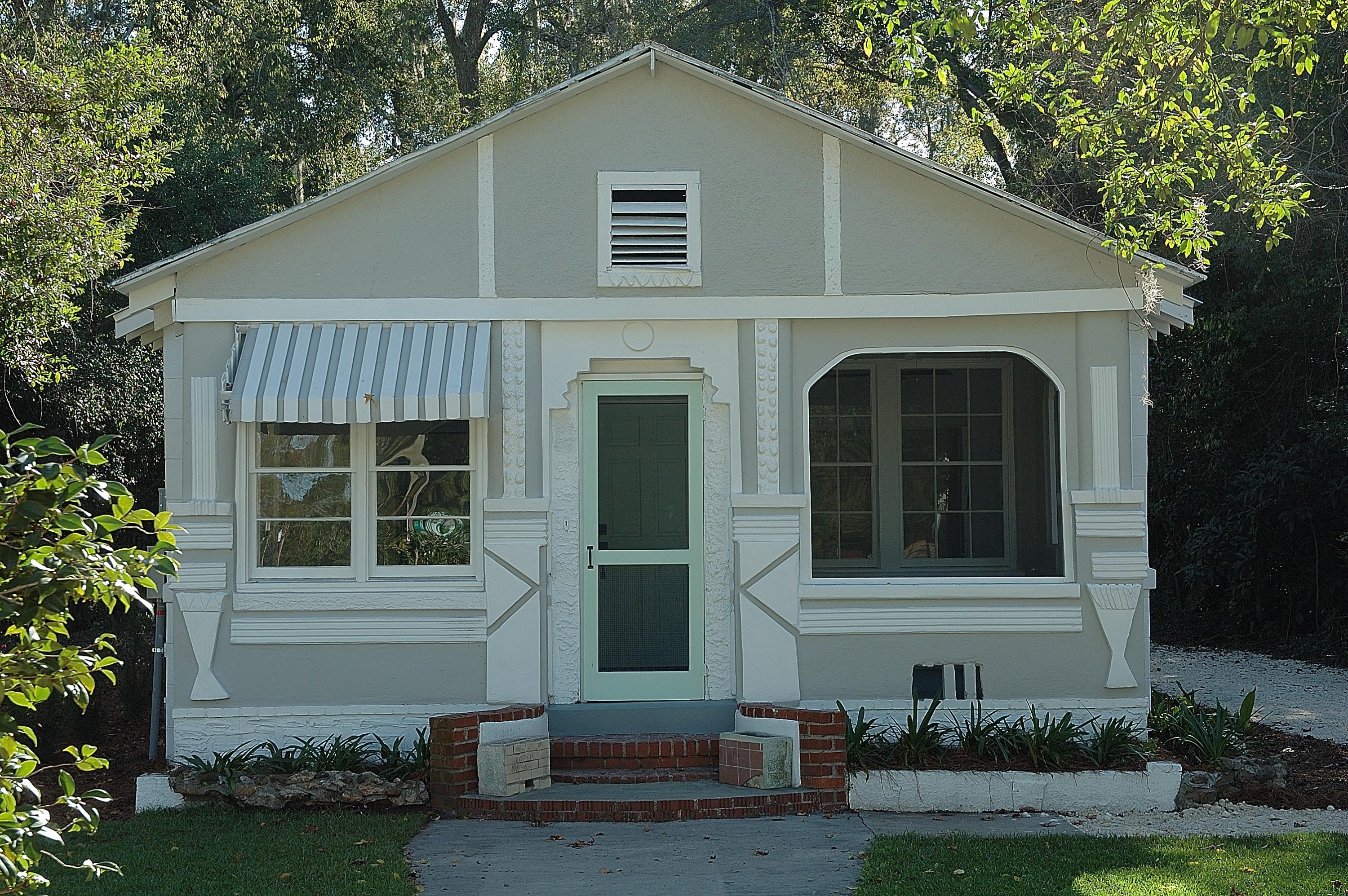Georgia adds two new resources to the National Register of Historic Places

Atlanta, GA – Georgia added two new listings to the National Register of Historic Places, continuing to highlight the breadth of Georgia’s historic heritage.
The nominations include:
- Clarence and Louise Golden Williams House, Savannah, Chatham County
- Methodist Center, Atlanta, Fulton County
Listing nominations is in line with the Historic Preservation Division’s (HPD) mission to promote the preservation and use of historic places for a better Georgia.
HPD hopes sharing this information will encourage more historic property preservation through public awareness and an appreciation of the impact they have on our social and economic lives.
As of August 3, 2023, Georgia has 2,209 listings comprising 90,022 resources in the National Register of Historic Places.
For more information on the newest listings, see below:
Clarence and Louise Golden Williams House, Savannah, Chatham County
The Clarence and Louise Golden Williams House is a small, one-story concrete block bungalow built in 1945. It is in the unincorporated community of Sandfly – a late 19th to early 20th century African American community within the Gullah Geechee Cultural Heritage Corridor.
The Clarence and Louise Golden Williams House is an excellent expression of the artistic fusion of African and Eurocentric American cultures embodied in Gullah Geechee heritage. The decorative interior plasterwork illustrates the well-honed professional craftsmanship of master plasterer Clarence Williams. The exterior displays the family’s African and American heritage with intricate stucco patterns and applied shells along with Eurocentric architectural details.
Clarence Williams applied his craft and articulated his heritage on his home. Through his creative expression, Williams conveyed this fusion of cultures and an outward demonstration of Gullah Geechee art and culture. The artistry displayed on the Clarence and Louise Golden Williams House sets it apart from other dwellings in the surrounding area. It is Sandfly’s sole example of applied elements displaying the builder’s African American heritage.
Clarence and Louise Golden Williams House was listed in the National Register of Historic Places on May 15, 2023.
The nomination was sponsored by the property owner, and nomination materials were prepared by Robert A. Ciucevich of Quatrefoil Historic Preservation Consulting.

Methodist Center, Atlanta, Fulton County
The Methodist Center was constructed at the southwest corner of Ralph McGill Boulevard and Piedmont Avenue in Atlanta, serving as the administrative headquarters of the North Georgia Conference of the Methodist Church. The six-story office tower with an attached one-story, twelve-sided chapel, and a pedestrian plaza was recently rehabilitated into residences using federal and state historic tax incentives.
The Conference, wanting to engage the community with its social and religious message, chose Atlanta as its base due to the city’s prominent urban core. This building served the Conference from 1966 to 2001, allowing them to actively engage in public outreach programming, advocacy, and event organization involving important social and religious issues affecting Atlanta and the larger North Georgia region. The Conference’s activities focused on civil rights and race relations, women’s roles within the church and society, education, welfare of children and the needy, as well as homelessness.
The Methodist Center was designed by the Atlanta-based architecture and engineering firm Finch, Alexander, Barnes, Rothschild, and Paschal, known collectively as FABRAP. It was considered a forward-thinking firm that designed some of downtown Atlanta’s best-known 20th century architectural works. FABRAP was one of several firms whose increasingly taller modern office towers significantly altered the Atlanta skyline during the period of rapid downtown growth in the 1960s.
The Methodist Center was listed in the National Register of Historic Places on June 9, 2023.
The nomination was sponsored by the building owner, Braden Fellman Group, and the nomination materials were prepared by WLA Studio.

The Historic Preservation Division’s programs include environmental review, grants, historic resource surveys, tax incentives, the National Register of Historic Places, and community assistance. To learn more about HPD and its mission to promote the preservation and use of historic places for a better Georgia, click here.
***
About the National Register of Historic Places
The National Register of Historic Places is our nation’s official list of historic properties worthy of preservation. The National Register was established by the National Historic Preservation Act of 1966 and is maintained by the U.S. Department of the Interior, National Park Service. Properties listed in the National Register include buildings, sites, structures, objects, and districts significant in American history, architecture, archaeology, engineering, and culture.
National Register-listed properties are distinguished by being documented and evaluated according to uniform standards called the National Register Criteria for Evaluation. To be eligible for listing in the National Register, generally, a property or majority of properties in a district must be 50 years old or older; retain historic integrity in location, design, setting, materials, workmanship, feeling, and association; and meet at least one of the National Register Criteria for Evaluation. The Georgia Register of Historic Places uses the same criteria and documentation procedures as the National Register of Historic Places.
Georgia and National Register of Historic Places listing does not place restrictions on the use, treatment, transfer, or disposition of private property. Properties listed on the National Register are potentially eligible for state and/or federal tax incentives. Rehabilitation tax incentives are available to properties that meet the substantial rehabilitation test and meet the Secretary of the Interior’s Standards for Rehabilitation. State tax incentives can be applied to both income producing properties and primary residences and include a credit as well as a property tax freeze. Federal credits are available to income producing properties only. These incentives can help offset the cost of bringing historic properties back into a state of utility. For more information, contact National Register and Survey Program Manager Stephanie Cherry-Farmer at 404-486-6373 and Stephanie.Cherry-Farmer@dca.ga.gov.



